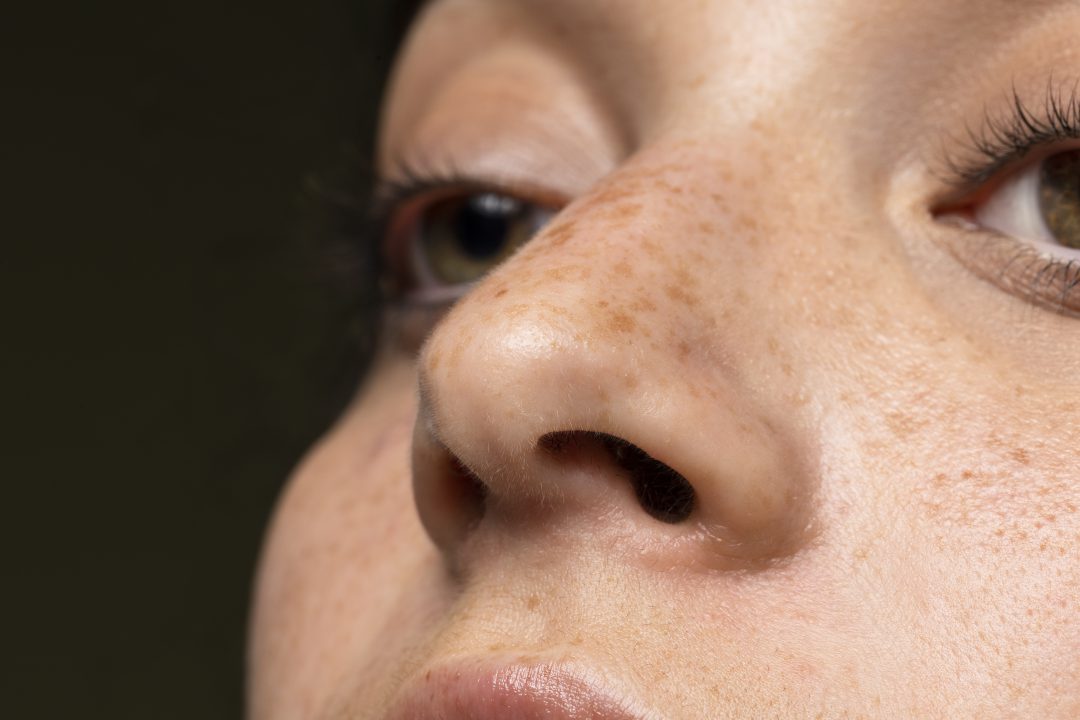The fundamental smells in a perfume that give it depth are called base notes. Compared to top and middle notes, they are usually longer lasting and heavier. They have a longer-lasting scent because they are heavier.
Now that we are aware of base notes and scent notes in the process of creating perfumes. Now let’s talk about some of the top bade notes for creating perfumes. We’ve put together a list of the top 10 base notes for creating perfumes to assist you.
Agarwood:
Oud, or agarwood, is a highly sought-after Base Note Perfume. The complex, woody, and resinous scent of the fragrance, which has undertones of smokiness, earthiness, and leather, comes from the resinous heartwood of the aquaria tree.
Cedarwood Cistus:
In perfumery, the two most used base notes are cedarwood and cistus. Cistus, or rockrose, has a balsamic and slightly floral scent, while cedarwood actually smells woody, warm, and slightly sweet with a hint of spice. These two scents work well together to create a base for a fragrance.
Cocoa:
The seeds of the cocoa tree are used to extract cocoa, a base note in perfumery. Rich, warm, and sweet, with undertones of nutty, chocolate, and vanilla, is the scent of the base note. It can be combined with other base notes, such as musk, to create a rich and decadent scent. It is frequently used to add depth and a warm, sweet scent.
Absolute Balsamic:
Pine, fir, and spruce resins are among the many tree species from which balsam absolute, a base note in perfumery, is extracted, is used. This base note smells slightly sweet with spices, vanilla, and cinnamon undertones. It can be blended with other notes like sandalwood and cedarwood to give fragrances more depth and complexity.
Frankincense:
In perfumery, frankincense is a base note that is derived from the resin of the Boswellia tree. It smells complex and woodsy with undertones of spice, citrus, and balsamic. Frankincense is frequently used to give fragrances more complexity, depth, and richness.
Myrrh:
The resin of the Commiphora myrrh tree is used to make the base note known as murgh in perfumery. Fragrances gain depth and cosiness from the fragrance note’s warm, resinous sweetness. Sandalwood and other base notes can be combined with it to create a complex and rich scent.
Oakmoss:
Oakmoss is a base note used in perfumery, originating from a particular kind of lichen found on oak trees. It smells rich, earthy, woodsy, with hints of leather and moss. It can be combined with other base notes, such as vetiver, to produce a powerful, complex aroma.
Patchouli:
The leaves of the patchouli plant, which belongs to the mint family, are used as a base note in perfumery. It smells rich, earthy, musky, with hints of sweetness and spice. It is frequently used to give fragrances more depth and richness, and when combined with other base notes like vanilla or sandalwood, it can produce a cosy, seductive aroma.
Tobacco:
Tobacco is another excellent base note that is frequently used in perfumery. It is made from the dried leaves of the tobacco plant and has a rich, smoky, warm scent with undertones of leather, honey, and vanilla. It is frequently used to give scents more nuance and complexity.
Vanilla:
The vanilla orchid’s seed pods are used as a base note in perfumery. The base note’s reassuring aroma is frequently used to give fragrances sweetness and depth. It can also be combined with other base notes, like musk or amber, to create a complex and seductive scent.
The longest-lasting notes in perfumes are usually the base notes, which can linger for several hours or even days, depending on the particular fragrance composition, the chemistry of the skin, and external circumstances. Base notes typically evaporate slowly and gradually, allowing them to linger and be detected long after the top and middle notes have faded.




